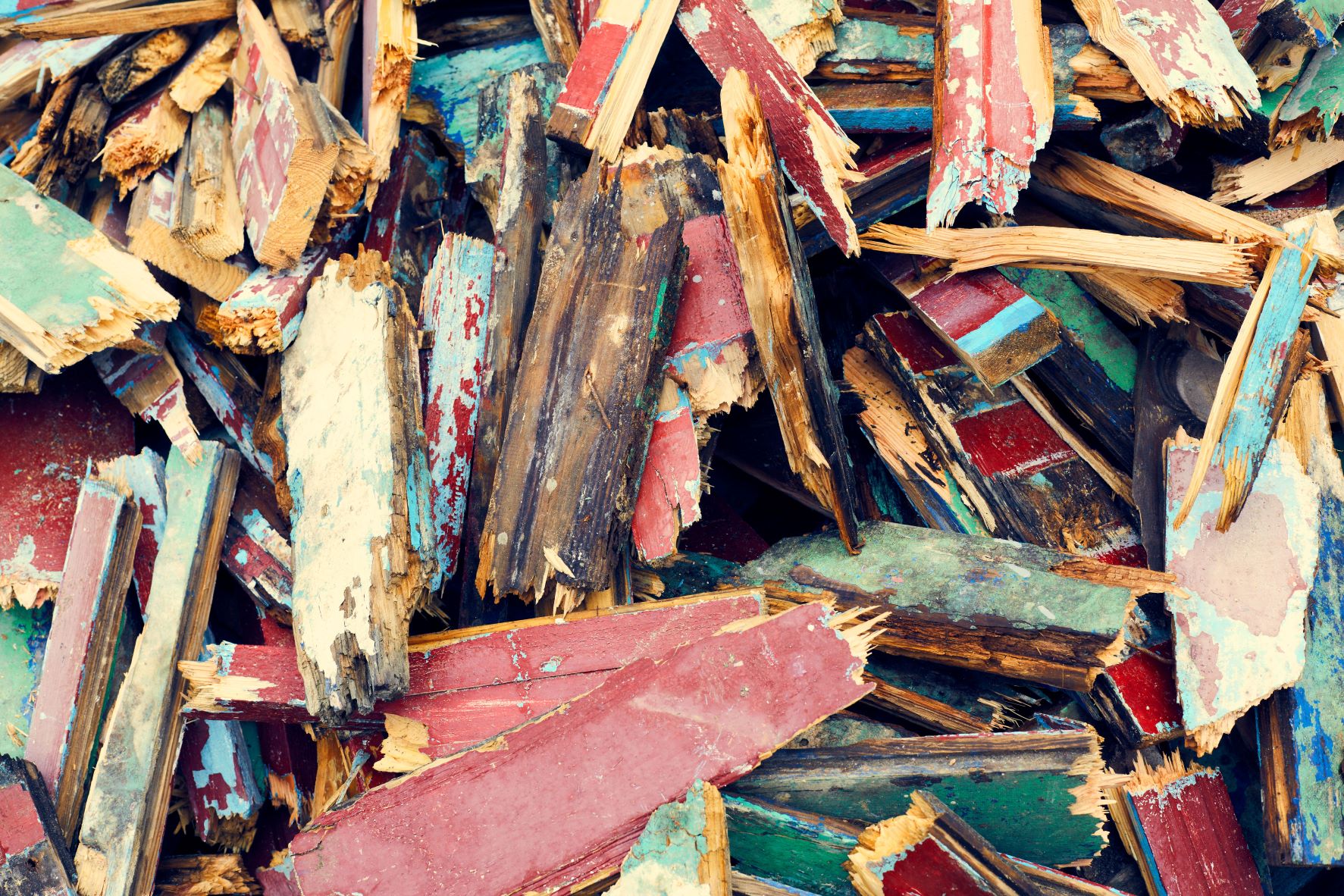Recycling wood waste, including wood chips and sawdust, to turn it into a building material even more durable than steel. Phrased that way, it almost sounds as incredible as the discovery of the philosopher's stone. And indeed the new process developed by a team of researchers at British Columbia University in Canada, provided it proves to be scalable, has a potential to be revolutionary.
Healed wood
Orlando Rojas and his colleagues at the University of British Columbia have named the new material obtained from their experiments “healed wood”.
The initial idea was to optimize the reuse of wood by putting back into circulation even those scraps that normally cannot be reused or at best are sent to downcycling processes, such as chips, sawdust, broken or rotten pieces.
The process is based on the delignification of wood waste: it involves dissolving the lignin using dimethylacetamide as a solvent, so as to release the cellulose fibrils present on the cell walls of the material. The latter, reads the study published in Nature, will then form new hydrogen bonds, resulting in a material with better mechanical properties than not only commercially available laminated wood, but also many common metals. “The secret,” Rojas explained to New Scientist magazine, “is to use the inherent property of cellulose to form these very strong hydrogen bonds.”
Not only is the resulting restored wood stronger than steel, but the treatment can also be repeated several times on the same parts to extend their service life.
The question now is whether the process is scalable. But according to Rojas this will not be a concern, since all the systems used in the experiment are already known and widespread in the industry in wood. This would thus open an important avenue for the valorization of previously underutilized wood waste.
Image: Shutterstock



